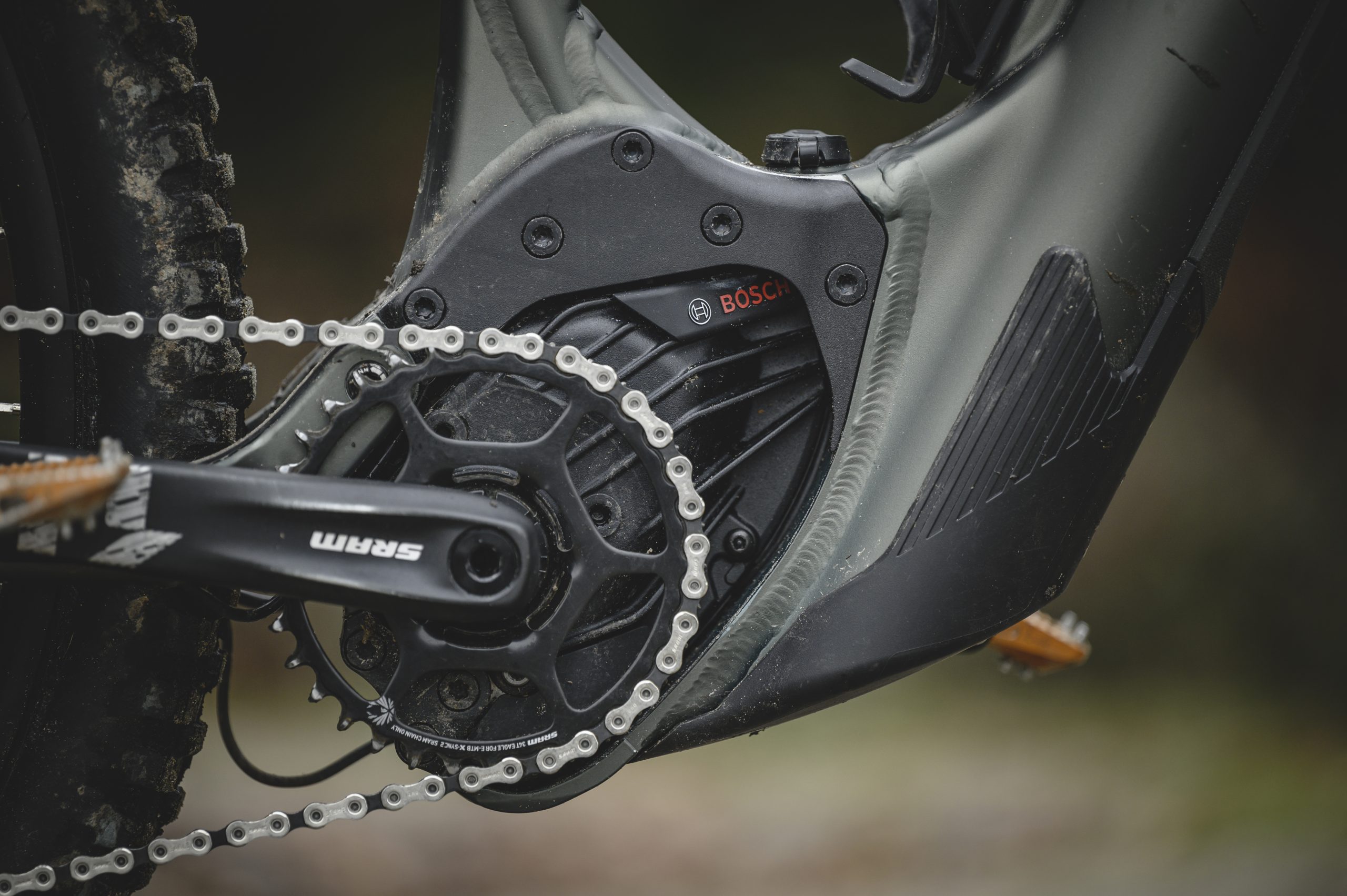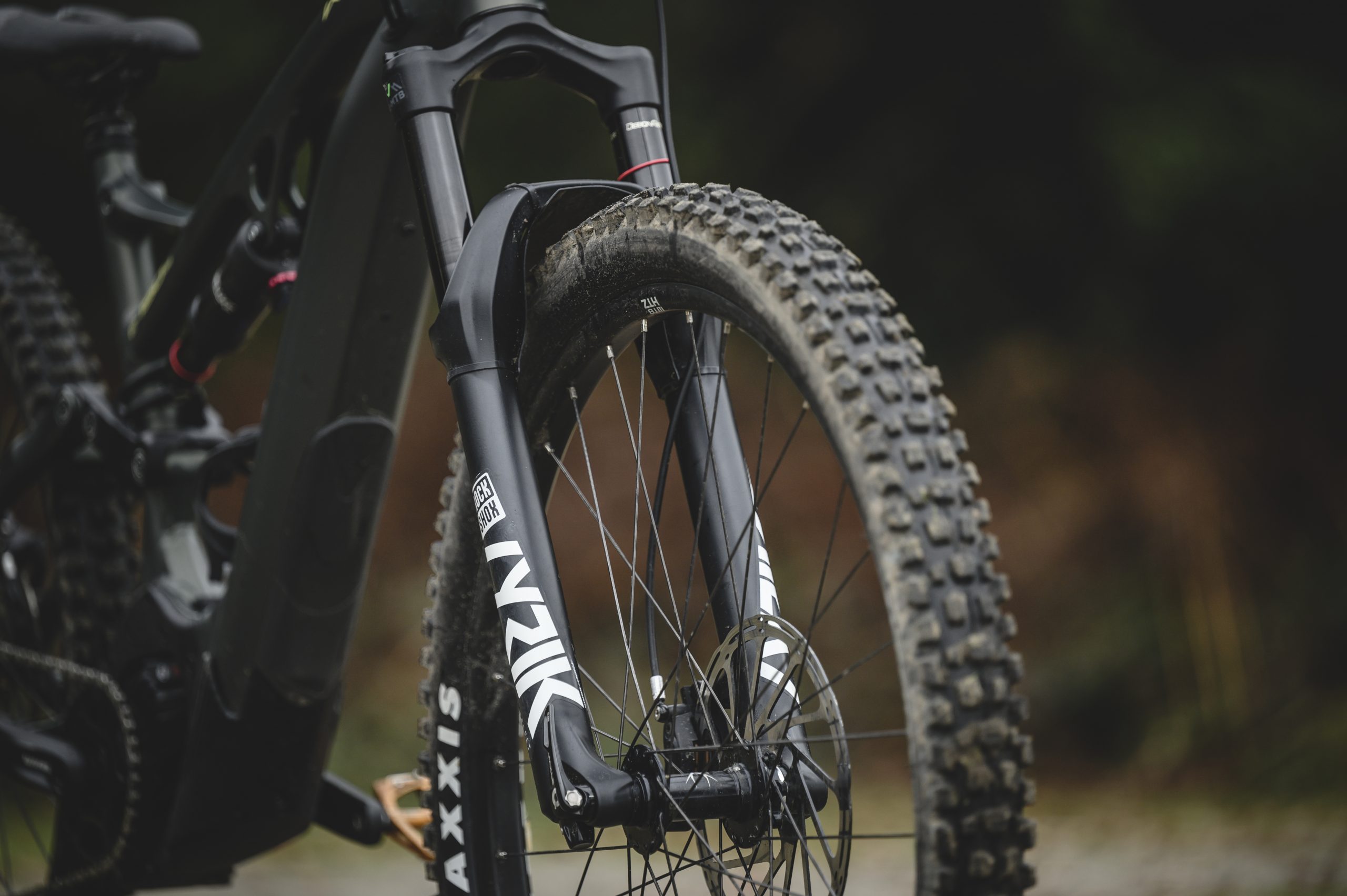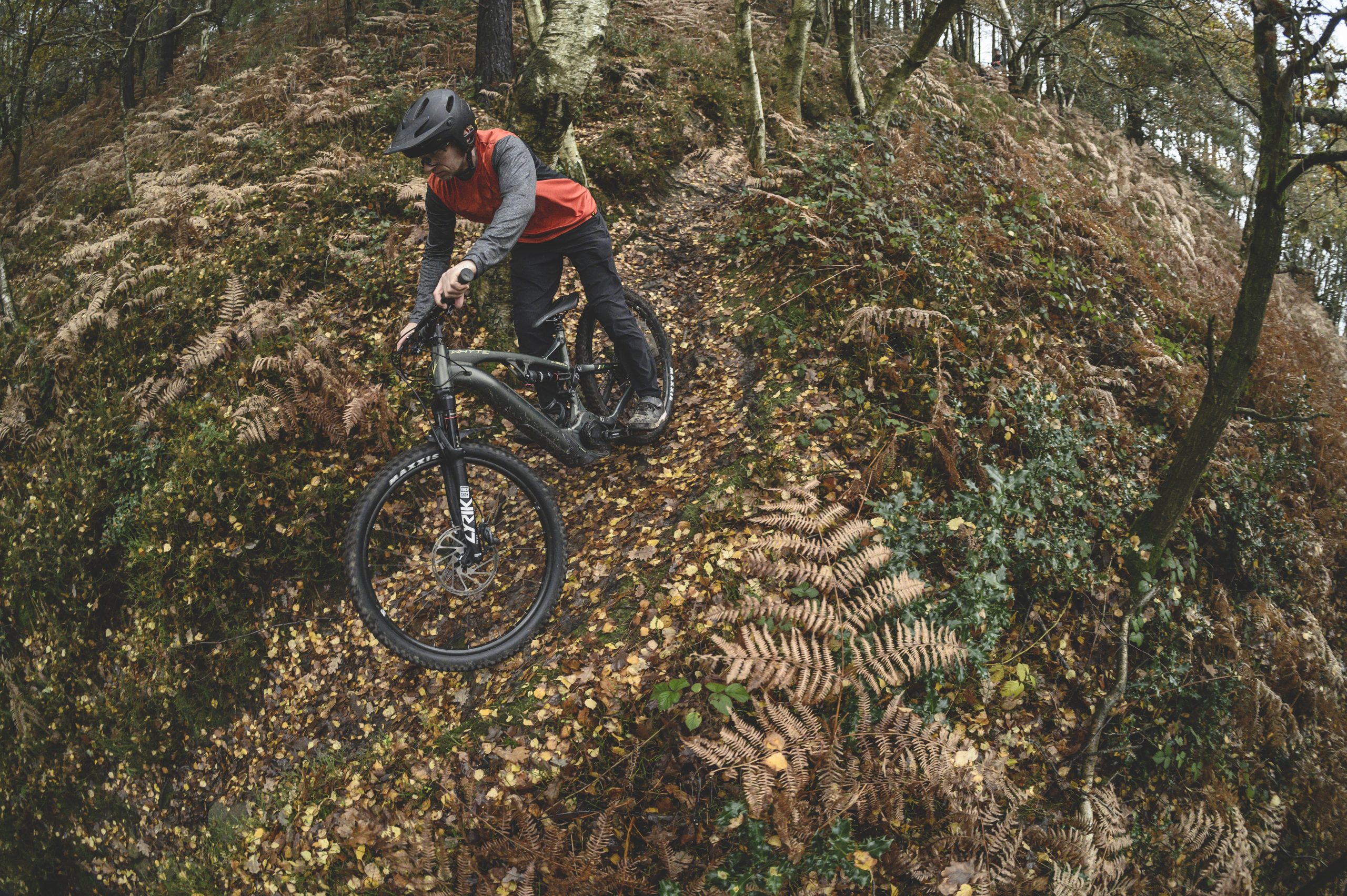We loved riding the Whyte E-160 RS e-bike but always wondered whether 29in wheels would make it even better. So how does this new big wheel E-150 RS stack up against its tried and tested stablemate?
Whyte E-150 RS V1 (2021) first ride review
Joining the E-180 and E-160 in Whyte’s e-bike range is this new E-150. With a little less travel and bigger wheels it promises to take you further and faster without skimping on thrills.

The Whyte E-150 shares a similar profile and construction to the popular E-160, but gets less travel, bigger wheels and revised suspension feel. It’s also Whyte’s first 29er e-bike.
Read more: Buyer’s guide to the best electric mountain bikes
In the shop-bought category of our recent e-bike of the year test, Whyte’s E-160 RS excelled in the ride and handling department but frustrated the judges (well, me) with its inaccessible battery. And delivering my verdict was a mental tussle that rocked between performance and practicality like a rubber duck in an ocean storm.
While I was wrestling with this conundrum, Whyte quietly launched another addition to its e-bike offering; the E-150 RS. Using a very similar-looking chassis design and almost identical geometry, the E-150 ups the wheel size and shrinks the travel over the 27.5in E-160. But while it could easily be confused for the E-160 on a shop floor, get it onto the trail and it reveals a completely different personality.

Bosch’s Performance Line CX motor is addictively good, but you can ride the E-150 so hard it’s crying out for an upper chain guide – yes, we dropped a chain twice during testing
At the heart of the E-150 is the 6061 hydroformed alloy frame. While it’s not the prettiest design, with a somewhat bloated underbelly, there’s sound engineering reasoning behind that paunch. Whyte has rotated the excellent Bosch Performance Line CX motor, which in turn has allowed it to bring the base of the 625Wh internal battery alongside. The upshot is that the weight sits lower and more centrally than most e-bikes, making the bike more stable in a straight line, but more agile in the turns.
Read more: Guide to the best e-bike motors
While most e-bikes have a massive hole cut in the down tube to get the battery in and out, Whyte simply leaves the end of the down tube open, and the power pack slides in and out. From an engineering perspective it’s a superior solution, as structural integrity is maximised without having to add heavy and complex reinforcing. Mud can’t get in thanks to a big plastic cap, but installing and removing the battery requires removing two bolts, pulling out a connector and wiring, then using gravity to let it drop out. Some riders will never have to do this, but for those who need to take the battery indoors to charge, it’s a long-winded and overly complicated process that – in our experience – rarely goes smoothly. However, if Whyte could find a way to keep the internally routed cables out of the way, add a handle or strap to the end of the battery to help pull it out, and improve how the connector attaches to the frame, we reckon it would no longer be an issue.

Standard shock link can be upgraded with the Shape It or Shape It Up link to tweak the geometry or compensate for a 27.5in rear wheel if you want to go mullet
From the waist up, the E-150 is a classic Whyte, with shock slung under the top tube and driven by a swinglink. With the shock mounted on an extender yoke, bearings can be used at the link instead of bushings, which reduces friction for improved grip. Not only that, Whyte has just introduced two new, adjustable yokes; the Shape It and Shape It Up links. Fitted with offset hardware, these replace the standard shock yoke and let you run two different geometry settings: one steeper and one slacker than standard. The Shape It Link tunes the head angle by +/- 0.4º and the BB height by +/-4mm, while the Shape It Up link is designed to restore the factory geometry should you wish to mullet your E-150. Both links are a simple fit, cost £69.99 and fit most of Whyte’s recent full-suspension models.
For £5,499 the E-150 RS gives you a 12-speed SRAM Eagle drivetrain and SRAM Code R four-piston brakes with substantial 220mm/200mm rotors. The WTB rims are shod with excellent Maxxis Assegai/Minion DHR II tyres, and you even get a reinforced Double Down casing on the rear. The cockpit is on point with a snappy steering 35mm stem and 780mm bars and we really like Crankbrothers’s High-Line 3 dropper post with its ergonomic remote lever. To smooth the ride you get a short offset RockShox Lyrik Select RC fork with 150mm travel paired with a RockShox Deluxe Select + RT shock giving 140mm of rear wheel travel. We only measured 130mm on our test bike, but it was one of the earliest production bikes and Whyte reckons the models actually in shops should deliver much closer to the claimed travel. In terms of components, the fork and shock mark the biggest difference between the E-150 and E-160, as the latter gets the super sturdy Fox 38 Performance fork and Float DPS shock. It’s not the £250 price difference that makes these two bikes such a different proposition though; it’s the way the different suspension parts influence the ride that really stands out.
How it rides
We had the opportunity to ride the new E-150 back-to-back with the E-160 on the exact same trails in identical conditions as well as extended testing on its own. While the E-160 feels like an enduro bike ripping, Hulk-style, out of its trail bike trappings, the E-150 has a sharper edge with firmer, more supportive and efficiency-orientated suspension.
That’s not to say you can’t go as fast on the shorter travel bike, as the relaxed head angle, low BB and aggressive tyres cheerlead you into hanging it out, releasing the brakes and railing the turns. The big wheels also add an extra frisson of security and help take some of the edge off repeat hits, but you still need to rule the E-150 with a firm hand if you’re going to try and keep up with it’s smaller-wheeled sibling.
While there’s a feather-filled softness to the Fox suspension on the E-160, the E-150 is more like dense memory foam. This is not only down to the RockShox suspension though; Whyte has increased the anti-squat on the E-160 by around 20 per cent. Of course this will have a bearing on efficiency, but being an e-bike, any improvement in pedalling is less noticeable from the saddle. What’s immediately obvious is that there’s more to push against when you’re loaded up in a corner or pumping for speed. At low speeds it’s easier to get the wheels off the ground as well, whether bunny-hopping a log or manualling a dip.
As a cheeky postscript to all this, I chucked a 27.5in back wheel with 2.6in tyre on the E-150 to see how it felt. The result was it took 1º off the head angle and 12mm off the BB height and produced a bike so eager to turn that it only needed to sniff a corner ahead and it was diving for the apex, but with a BB height that required cautious pedalling. Of course this is not something that can’t be solved: 150mm cranks would open up ground clearance again, or fitting the Shape It Up link would compensate for the change to BB height and head angle caused by the smaller rear wheel.




















